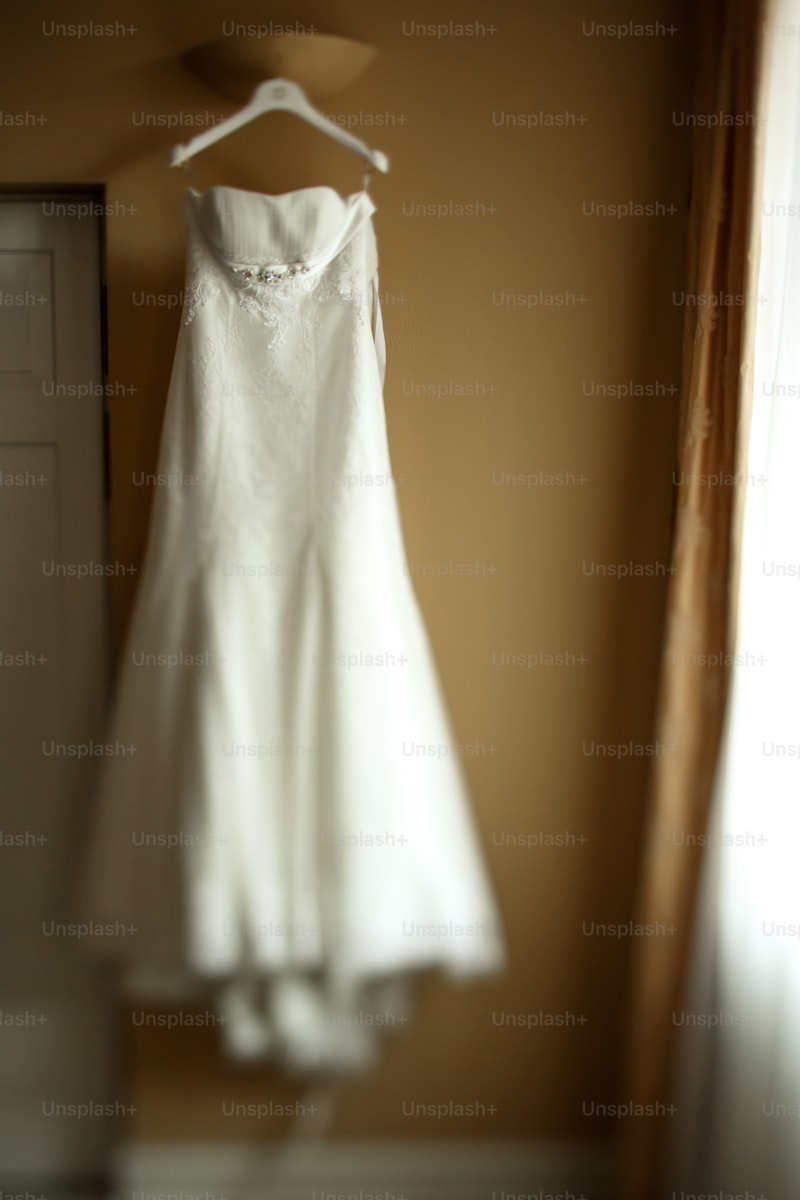Choosing the Right Fabric for Your Wedding Sash: A Comprehensive Guide
When it comes to planning a wedding, every detail matters, from the venue to the floral arrangements. One of the often-overlooked aspects is the wedding sash. A wedding sash can elevate your bridal look, add a pop of color, and define your waist beautifully. However, with so many fabrics available, how do you choose the right one? This article will explore various fabric options, their characteristics, and how to select the perfect fabric for your wedding sash.
Understanding the Importance of Fabric
The fabric you choose for your wedding sash can influence the overall aesthetic of your attire. Different materials behave differently and can drastically change the way the sash looks and feels. Here are some factors to consider when deciding:
- Comfort: How will the fabric feel against your skin, especially during long hours of wear?
- Style: Does the fabric complement your wedding dress and match the overall theme of your wedding?
- Durability: Will the fabric hold up throughout your wedding day and any potential alterations?
Popular Fabric Choices for Wedding Sashes
| Fabric | Characteristics | Pros | Cons |
| Satin | Shiny, smooth texture | Luxurious look, drapes beautifully | Can be slippery, may require careful handling |
| Organza | Lightweight, sheer fabric | Adds volume and texture, perfect for layered looks | Can be stiff, might not work for all styles |
| Taffeta | Stiff, crisp feel | Provides structure and shape | Can be noisy, less flexible |
| Tulle | Soft, net-like fabric | Adds romantic and whimsical flair | Easily wrinkled, may not be suitable for all dresses |
| Chiffon | Lightweight, flowing fabric | Soft and romantic, drapes nicely | Can be slippery, may require lining for coverage |
1. Satin: Luxurious and Elegant
Satin is a popular choice for wedding sashes due to its luxurious shine and elegant drape. It’s typically made from silk or polyester, giving it a rich feel. If your wedding dress is already embellished with lace or intricate details, a satin sash can complement it beautifully without overwhelming the design. However, satin can be slippery, so ensure that it's properly secured to avoid any slips during the ceremony.

2. Organza: For That Ethereal Touch
Organza is a lightweight, sheer fabric that offers a delicate and romantic touch to your wedding sash. It adds volume to your waist without being too heavy, making it perfect for a flowing gown. If you want to create a layered effect, consider pairing an organza sash with a chiffon or tulle wedding dress. However, keep in mind that organza can be a bit stiff, so it might not work well with all styles.
3. Taffeta: Structure with a Statement
Taffeta is a crisp, structured fabric that can create bold statements. Its formality makes it suitable for traditional weddings, and it can help define your silhouette. It’s also resistant to wrinkles, which is a bonus on your big day. That said, the noise that taffeta can make while moving might be an off-putting factor for some brides.
4. Tulle: The Whimsical Choice
For brides looking for something light and airy, tulle presents a wonderful option. This net-like fabric can create a fairy-tale vibe and is often used in skirts and veils. If your dress features plenty of lace or heavy embellishments, a tulle sash can add a soft contrast. However, tulle tends to wrinkle easily, so plan accordingly to make sure it looks pristine on your wedding day.
5. Chiffon: Soft and Flowing
Chiffon is renowned for its lightweight and flowing quality, making it another favorite for wedding sashes. It drapes beautifully and can create soft, flowing lines when tied around the waist. The only drawback is that chiffon can be a bit slippery, and it may require extra care to ensure it stays in place throughout the ceremony.
Choosing the Right Color and Style
Once you’ve decided on the fabric, the next step is to choose the color and style of your wedding sash. It should ideally complement your wedding dress and the overall color palette of your wedding. Here are some tips:
- Match or Contrast: Decide whether you want your sash to match your dress or create a contrasting look. A contrasting sash can be an excellent way to introduce your wedding color theme.
- Consider the Season: Lighter colors like pastels work wonderfully for spring, while richer colors like burgundy or navy are ideal for fall or winter.
- Test Before You Decide: If possible, try different colors and fabrics with your wedding dress to see which combination works best. Sometimes, the perfect sash can be an unexpected choice!
Final Thoughts on Choosing the Right Fabric for Your Wedding Sash
Choosing the right fabric for your wedding sash is a crucial part of your wedding planning. Not only does it enhance your overall look, but it also contributes to your comfort on this significant day. Consider the style of your dress, the theme of your wedding, and of course, your personal taste when deciding on the perfect sash. Remember that this choice should reflect you and make you feel confident and beautiful.
In summary, whether you go for the luxurious feel of satin, the ethereal quality of organza, the structured look of taffeta, the whimsy of tulle, or the flowing nature of chiffon, each fabric choice has its unique benefits and drawbacks. Prepare well, seek the advice of friends and family, and take your time finding that perfect sash to complete your bridal look.
Important Suggestions: Before finalizing your choice, consider ordering fabric swatches to see how each material looks and feels in person. Pay attention to how it moves and how well it coordinates with your dress under different lighting. These small details can make a big difference on your wedding day!